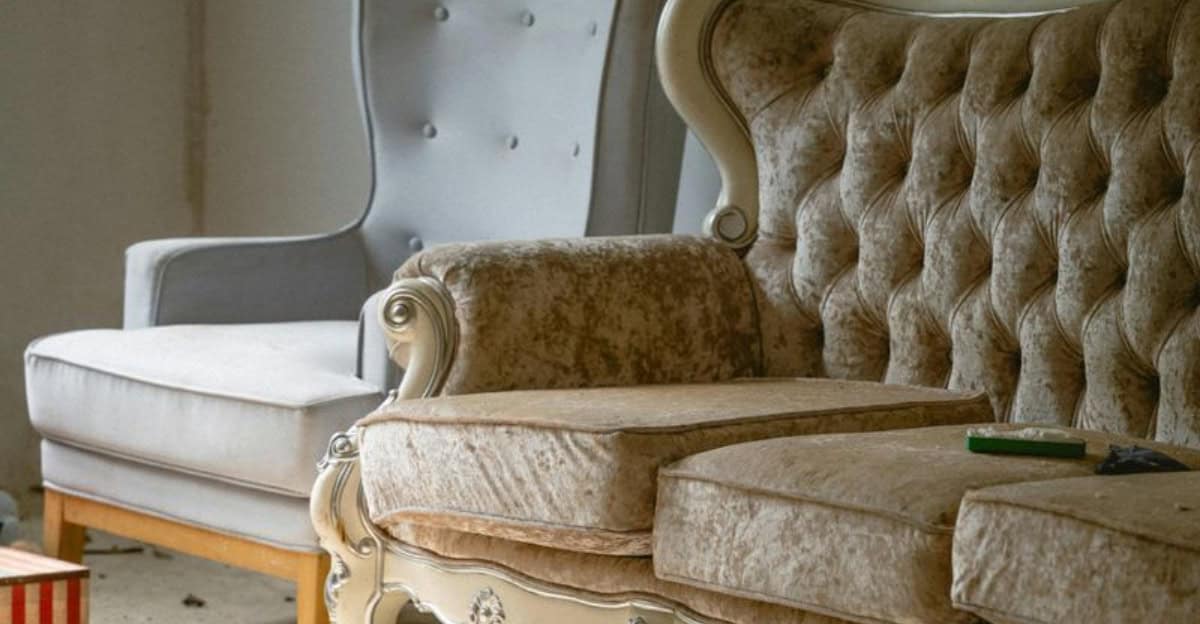Estate sales can be a treasure trove for antique lovers, yet not all that glitters is gold.
While hunting for unique finds, it’s wise to steer clear of certain items that may seem appealing at first glance but could lead to regret later.
From fragile furniture to misleading memorabilia, knowing what to avoid can save you time, money, and space.
Below we explore 10 antiques you should be cautious about purchasing at an estate sale.
This guide aims to equip you with the insights needed to make informed decisions.
1. Antique Clocks

Antique clocks, though fascinating, often require specialized repair. The mechanisms can be complex, with parts no longer available or expensive to fix.
Without expert care, they may not work accurately or at all. These clocks are usually more decorative than functional.
Transporting them can be cumbersome, posing a risk of damage. Consider the cost of professional maintenance before indulging in an antique clock.
Instead, opt for a clock that offers both aesthetic appeal and practical use without the upkeep woes.
2. Porcelain Dolls

Porcelain dolls, while nostalgic, can be a risky purchase. The delicate material is prone to chips and cracks. Age may have led to discoloration or fragile clothing that is easily damaged.
Resale value can vary greatly, and finding a buyer might prove difficult.
These dolls often require special care and storage to maintain their condition. Unless you’re a dedicated collector, the upkeep may outweigh their appeal.
Consider whether these will enhance your collection or merely consume space without adding value.
3. Old Books

While old books hold historical allure, they often present challenges.
Fragile spines and yellowed pages can crumble over time. Dust and mold can affect both the book and your health. Without proper preservation, their condition may deteriorate rapidly.
The market for rare books is niche, and not every old book translates to high value.
If you’re not versed in book restoration, they might become more burden than treasure. Look for editions known for their scarcity or historical significance if considering a purchase.
4. Victorian Upholstered Furniture

While Victorian furniture boasts charm, it often comes with hidden problems. These pieces are usually heavy, making transportation a hassle.
Moisture and time may have affected the wood beneath the upholstery, leading to structural weakness. The fabric, often original, may be worn or have unseen mold.
Instead of enhancing your space, these might need costly restoration. Upholstered items can harbor allergens, making them unsuitable for sensitive individuals.
Consider the investment in repair before committing to a purchase. Seek alternative styles that offer both elegance and durability.
5. Vintage Electronics

Vintage electronics can be captivating, yet they often don’t function. Parts may be obsolete, and repair options limited.
Buying non-working electronics means additional costs and effort to find restoration services or parts.
Moreover, these items can become space-consuming decor rather than functional pieces. Assess whether the aesthetic value justifies potential frustration and expense.
Opt for pieces that are both visually pleasing and in working order, or consider modern replicas that offer the same charm without the headaches.
6. Silver-Plated Items

Silver-plated antiques shine with elegance, but their value may be misleading. Unlike solid silver, the plating can wear off, revealing a less appealing base metal.
Polishing might restore some luster, but it won’t increase intrinsic value.
These items are often valued more for aesthetics than investment. If you seek heirlooms, invest in solid silver pieces. Understanding the difference can prevent disappointment and poor investment.
Consider your intentions, whether decorative or as a potential asset, before purchasing.
7. Large Rugs

Large antique rugs boast intricate designs but come with hidden issues. Over time, colors may fade, and fibers weaken.
Frayed edges or holes reduce aesthetic value and can lead to costly restoration or replacement.
Rugs can harbor allergens or pests, affecting indoor air quality. Consider maintenance and cleaning costs before purchase.
Unless you’re an enthusiast with the means to restore and care for them, large rugs may not offer the investment return or visual impact you desire.
8. Old Photographs

Old photographs capture moments in time but can fade or suffer damage. Water, light, and age can result in irreparable harm.
While they may hold sentimental value, their monetary worth is often low unless tied to notable historical figures.
Consider if you have the necessary storage conditions to preserve them. Without proper care, they might disintegrate or lose clarity.
It’s wise to research their significance and potential value before purchase, ensuring they align with your collection aspirations or historical interests.
9. Antique China Sets

Antique china sets are elegant but fragile. Incomplete sets or chipped pieces diminish their appeal and value. The market for such items is competitive, with demand focused on perfect condition sets.
Displaying or using fragile china increases the risk of damage, adding to the burden of maintenance. If investing, ensure the pieces are intact and complete.
Otherwise, they may become dust collectors rather than prized possessions. Seek sets with historical significance or unique patterns to justify the investment.
10. Vintage Costume Jewelry

Vintage costume jewelry can be glamorous but often lacks lasting value. Over time, stones may loosen, and metals tarnish or corrode. These pieces may not withstand regular wear, limiting their practicality.
The allure of design should be weighed against potential restoration costs. Collectors often seek high-quality or unique designs, which can be scarce.
Ensure the piece’s condition and style align with your preferences and wardrobe needs. Investing in quality over quantity can enhance your collection’s integrity and enjoyment.

